Excessive Lateral Pressure Syndrome
Excessive lateral pressure syndrome. Leads to excessive lateral tilt without excessive patellar mobility. It causes anterior knee pain that limits daily functional activities because of constant pain. This usually occurs without injury although it may follow injury to the knee.
Typically lateral outside structures are excessively taught causing the patella to tilt or shift to the side. Tight lateral structures or muscle imbalance may lead to tilt of the patella to the lateral side. 21 degree - without subluxation finding suggestive of excessive lateral pressure syndrome.
External tibial torsion pronated feet. It can affect both adolescents and adults. Not an uncommon cause of chronic knee pain in young individuals.
Because contact pressure over the lateral patellar facet is increased as knee flexion progresses a more specific term to identify the pathologic process would be lateral pressure in the flexion. Compression syndrome or excessive lateral pressure syndrome the disorder is associated with overload and increased pressure on the lateral facet due to pathologic lateral soft-tissue restraints578 Contributing to the problem an increased Q angle indicative of patellofe-moral malalignment also results in greater surface. Patella malalignment syndrome is characterized by pain in the anterior portion of the knee.
Therefore the purpose of this study was to assess the clinical efficacy and experience of total arthroscopic lateral retinacular LR release and lateral patelloplasty for the treatment of ELPS. Excessive lateral pressure syndrome ELPS is a collection of symptoms and signs related to the edge of the kneecap being forced abnormally against the wall of the underlying groove. Excessive lateral pressure syndrome Epidemiology.
Patients usually present with insidious onset anterior knee pain aggravated by physical activity. MRI shows femoropatellar incongruence with lateral positioning of the patella suggesting lateralizationThis is refered to as excessive lateral pressure syndrome better demonstrated in various femoropatellar articulation X-rays. This may put strain on the medial side and tenderness in the region of the medial patellofemoral ligament MPFL.
However the end result appears to be excessive lateral pressure on the patellofemoral articulation. Caused by tight lateral retinaculum.
This problem commonly affects athletes as an overuse injury.
The patella is a V-shaped bone that sits in a groove trochlea of the thigh bone. Caused by tight lateral retinaculum. ELPS is due to an imbalance between medial and lateral dynamic. This usually occurs without injury although it may follow injury to the knee. No facet asymmetry TT-TG trochlear depth lateral trochlear inclination within normal range. External tibial torsion pronated feet. Tight lateral structures or muscle imbalance may lead to tilt of the patella to the lateral side. The syndrome is characterized by anterior knee pain hypoplasia deficient growth of the lateral femoral condyle and patella and abnormalities of the supporting structures about the knee including weakness andor atrophy of the vastus medialis muscle. Is a term coined for anatomic characteristics that lead to an increased Q angle and an exacerbation of patellofemoral dysplasia.
ELPS is due to an imbalance between medial and lateral dynamic. Therefore the purpose of this study was to assess the clinical efficacy and experience of total arthroscopic lateral retinacular LR release and lateral patelloplasty for the treatment of ELPS. MRI shows femoropatellar incongruence with lateral positioning of the patella suggesting lateralizationThis is refered to as excessive lateral pressure syndrome better demonstrated in various femoropatellar articulation X-rays. However the end result appears to be excessive lateral pressure on the patellofemoral articulation. Leads to excessive lateral tilt without excessive patellar mobility. EXCESSIVE LATERAL PRESSURE It is generally accepted that regardless of the specific cause of patella malalignment syndrome the end resub is excessive pressure on the lateral aspect of the patellofemoral articulation and dam- age to the hyaline cartilage. Not an uncommon cause of chronic knee pain in young individuals.
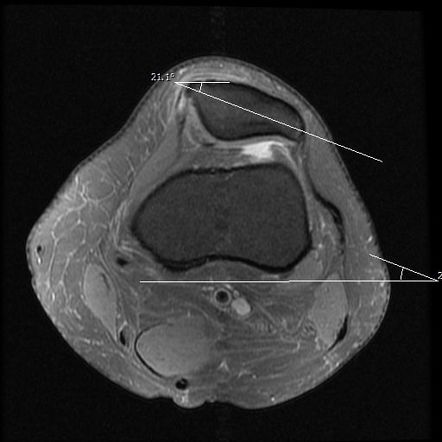


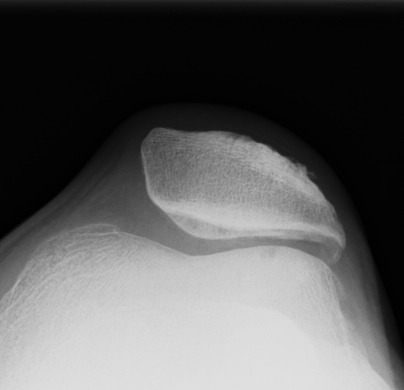


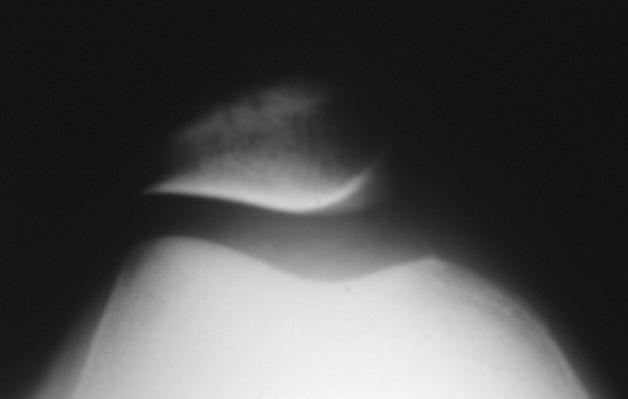


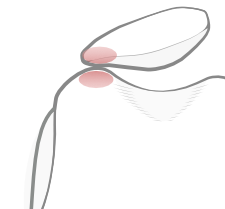
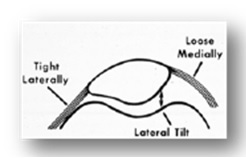

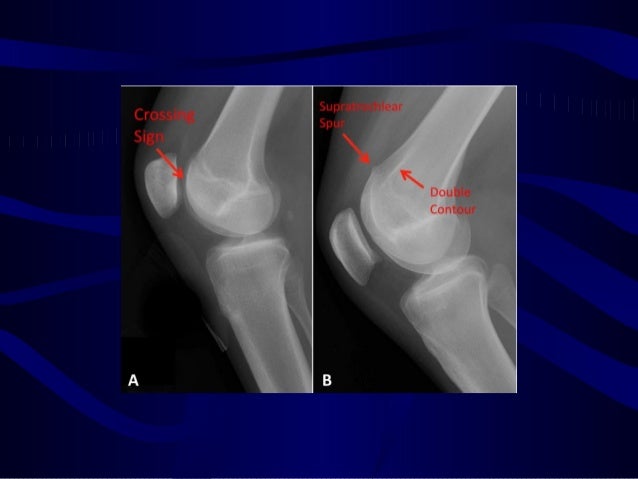


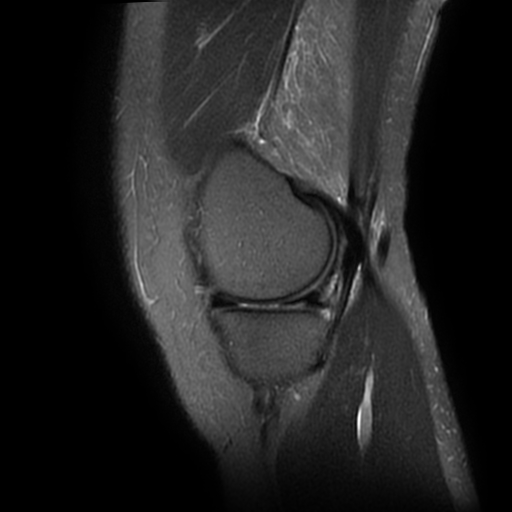
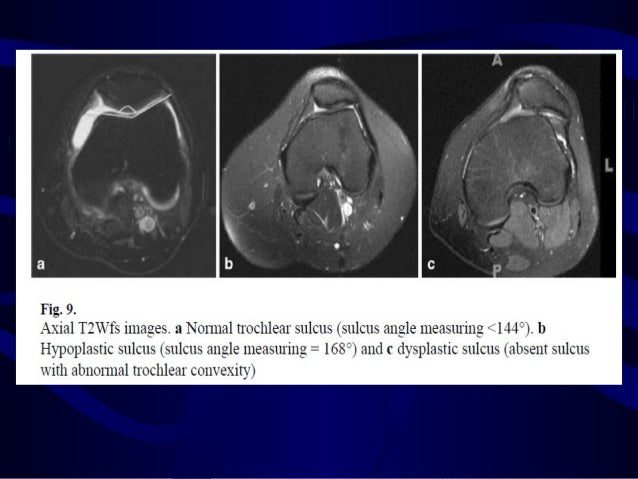

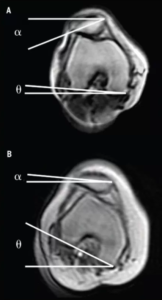
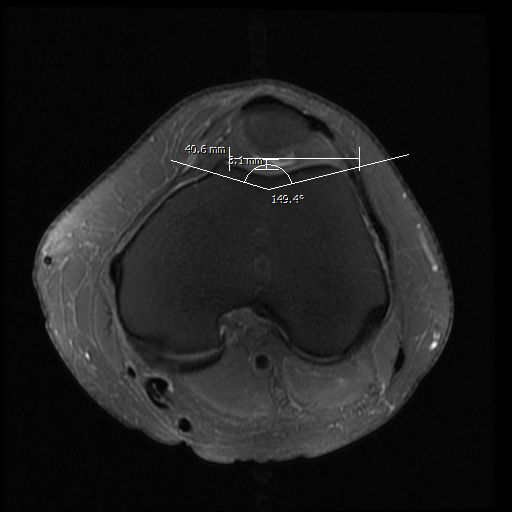




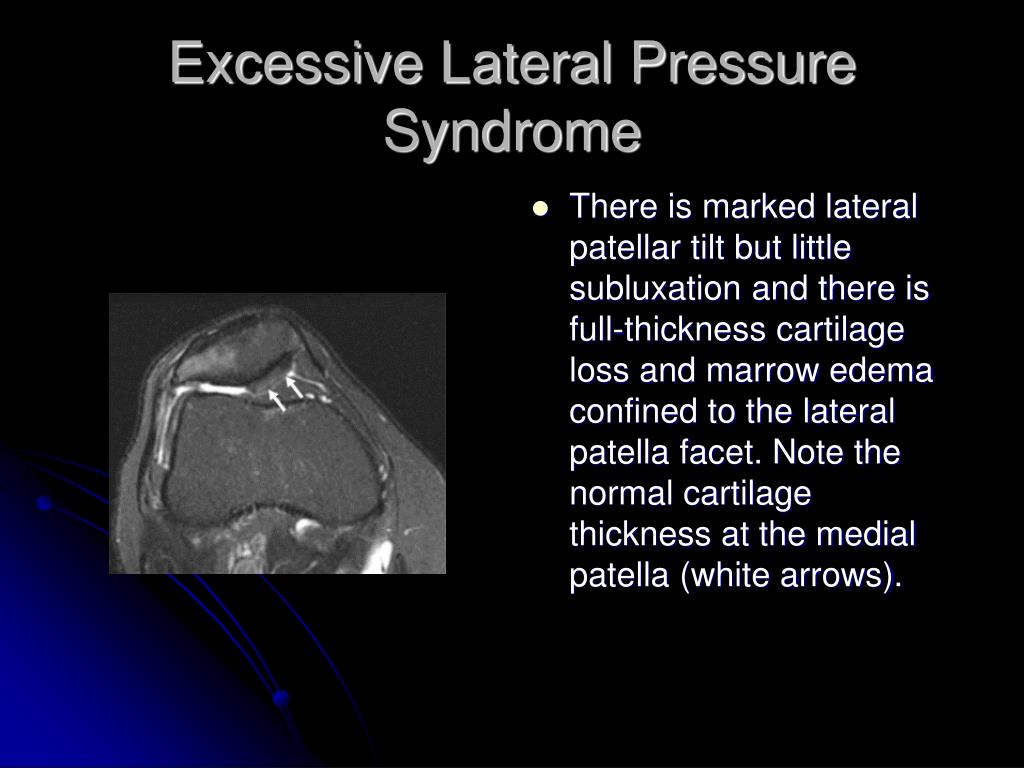





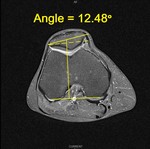

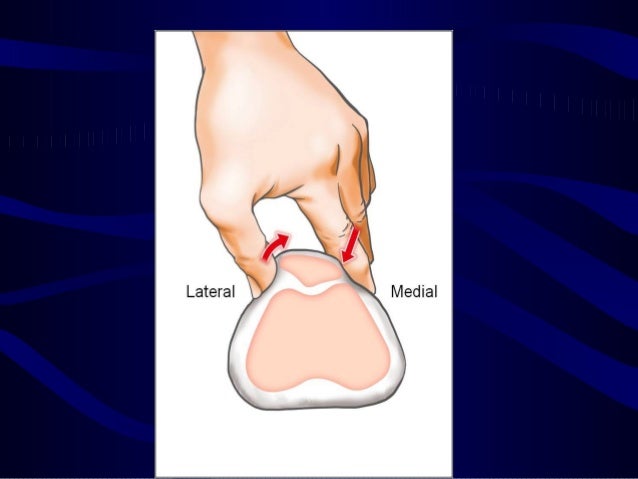
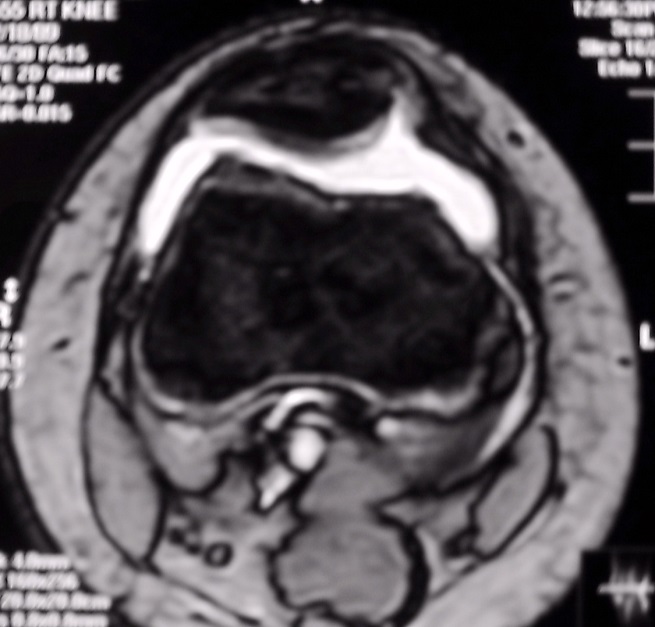
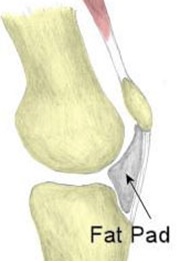


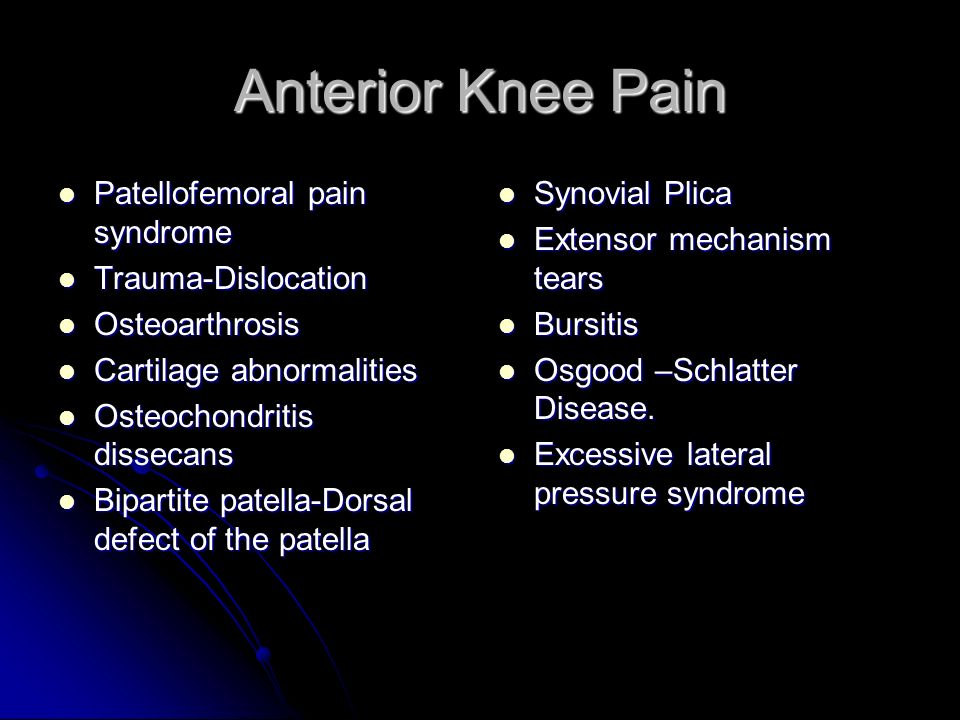


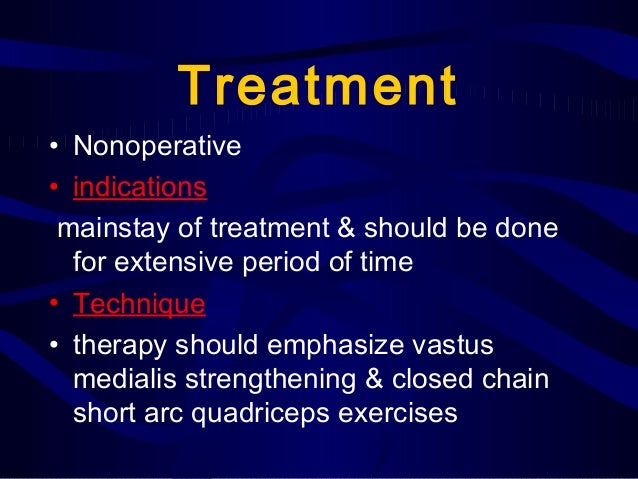

Post a Comment for "Excessive Lateral Pressure Syndrome"